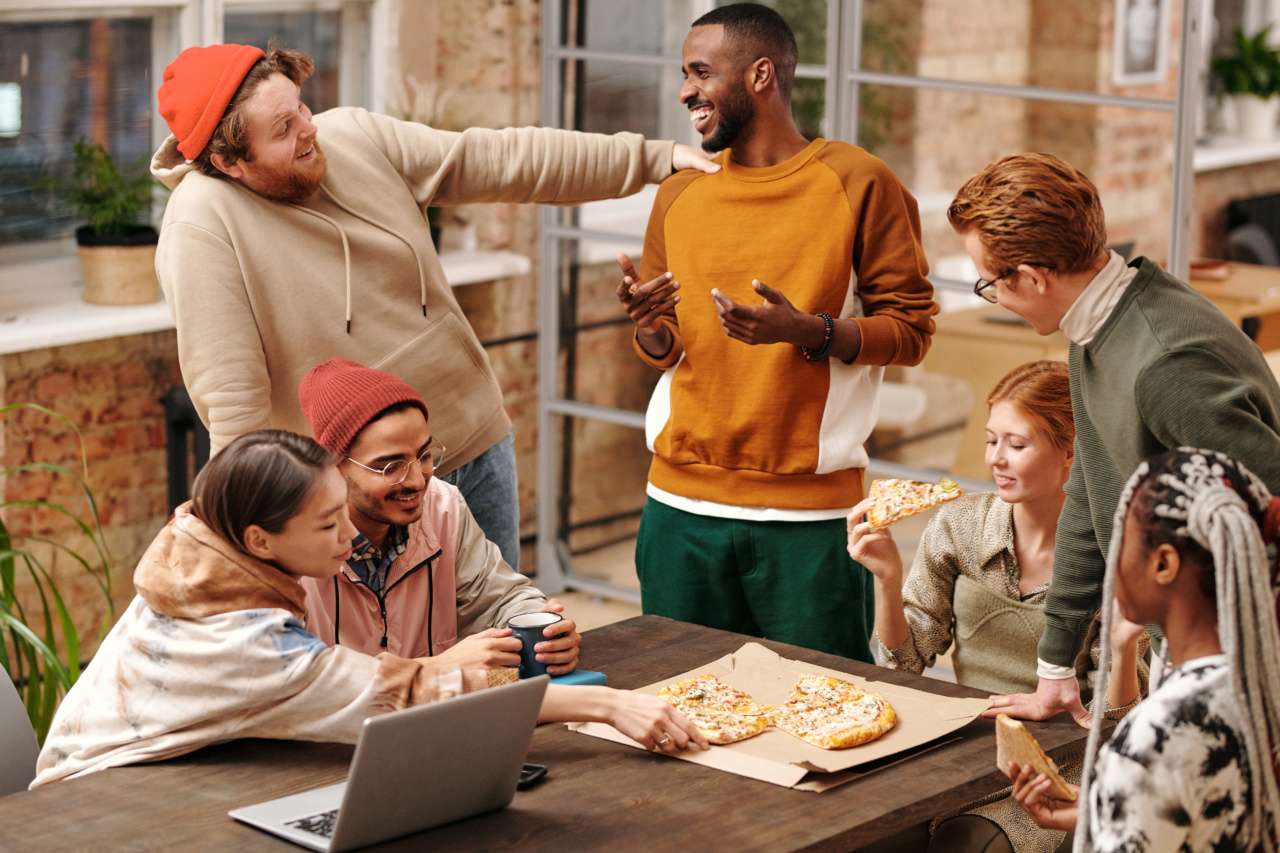When it comes to our eating habits, there are a variety of factors that can influence how we approach meals and our overall food choices. One such factor is whether we are eating alone or in a group.
While some individuals may find solace in dining solo, others thrive in the company of others. In this article, we will explore the impact that eating alone or in a group can have on our eating habits.
The psychology of eating alone
For many people, eating alone can be a peaceful and enjoyable experience. It provides an opportunity for self-reflection and independence. However, there are instances in which eating alone can negatively impact our eating habits.
Social influence on food choices
When we eat with others, there is often a social influence on the types of foods we choose to consume. For example, if everyone at the table is ordering a salad, we may feel more inclined to do the same.
On the other hand, if the group is indulging in rich and calorie-laden dishes, we may be more likely to follow suit.
Portion sizes and eating speed
Another aspect of eating in a group is the potential influence on portion sizes and eating speed.
When dining alone, we may be more attentive to our body’s cues of hunger and fullness, allowing us to eat at a more moderate pace and control portion sizes. However, when eating with others, we may be more likely to match their eating speed or unconsciously consume larger portions.
The impact of social interactions on satisfaction
Humans are social creatures, and so it is no surprise that social interactions impact our overall satisfaction with a meal. Eating with others can provide a sense of belonging and enjoyment, which can contribute to a more satisfying dining experience.
Conversely, eating alone may sometimes feel lonely or lacking in social support, which may affect our overall satisfaction with the meal.
Emotional eating and social settings
Emotional eating refers to the tendency to turn to food for comfort or emotional reasons. When eating alone, individuals may be more prone to emotional eating as a way to cope with feelings of loneliness or distress.
In a group setting, the presence of others may provide a distraction from emotional eating triggers and offer alternative ways of seeking support.
Individual personality and preferences
While social influences play a significant role in our eating habits, it is essential to recognize that individual personality and preferences can also shape our dietary choices.
Some individuals thrive in the presence of others and find the social aspect of dining to be a positive influence on their eating habits. In contrast, introverted individuals may prefer the solitude of eating alone and find it more conducive to mindful eating.
Eating alone or in a group: Finding a balance
As with many aspects of life, finding a balance between eating alone and in a group is key. Both situations offer unique advantages and potential challenges when it comes to our eating habits.
Some strategies that may help in achieving this balance include:.
1. Mindful eating practices
Regardless of whether we are eating alone or in a group, practicing mindfulness can help establish a healthier relationship with food.
Being present in the moment can allow us to better understand our hunger and fullness cues, helping to control portions and eating speed.
2. Seek social support
If eating alone tends to lead to emotional eating or negative feelings, it may be helpful to seek social support through alternative means.
Connecting with friends or loved ones through phone calls or video chats can provide the comfort and social interaction that one might find in a group setting.
3. Embrace the benefits of both
Recognize that there are advantages to both eating alone and in a group.
Enjoy the independence and self-reflection that comes with solo dining, but also appreciate the joys of social interaction and shared experiences that can enhance the overall enjoyment of a meal.
Conclusion
Our eating habits are influenced by a multitude of factors, and whether we eat alone or in a group is no exception.
Social influences, emotional eating triggers, and individual preferences all play a role in shaping our dietary choices and overall satisfaction with meals. By finding a balance between eating alone and in a group, practicing mindful eating, and seeking social support, we can foster healthier eating habits and a more positive relationship with food.






























